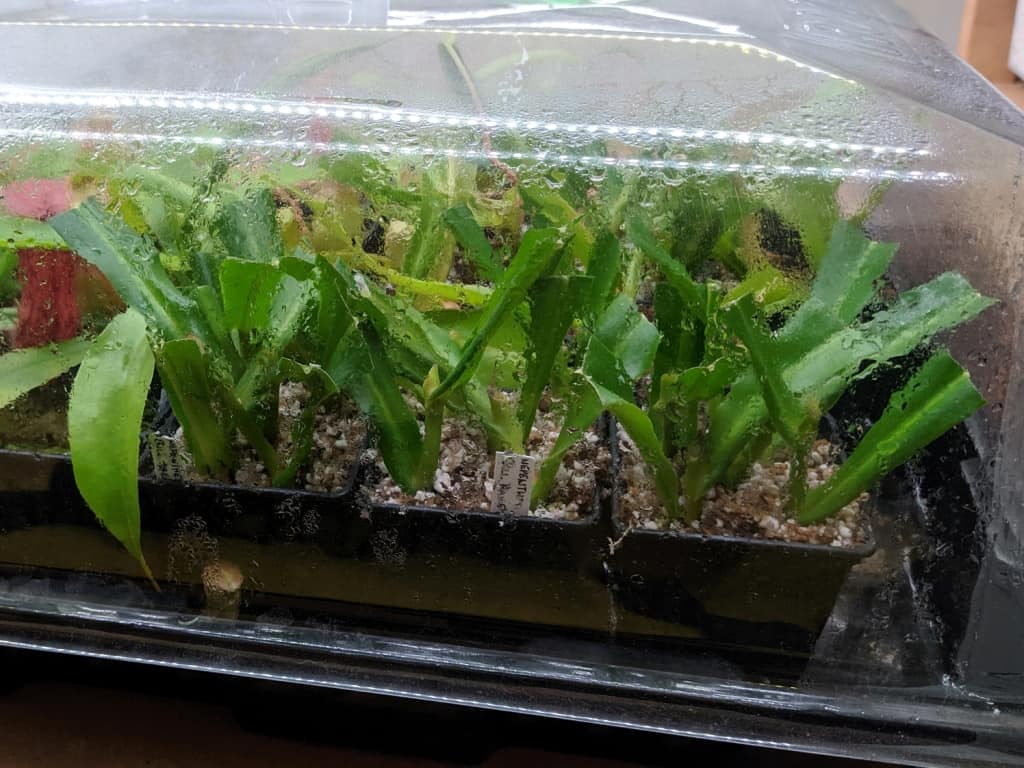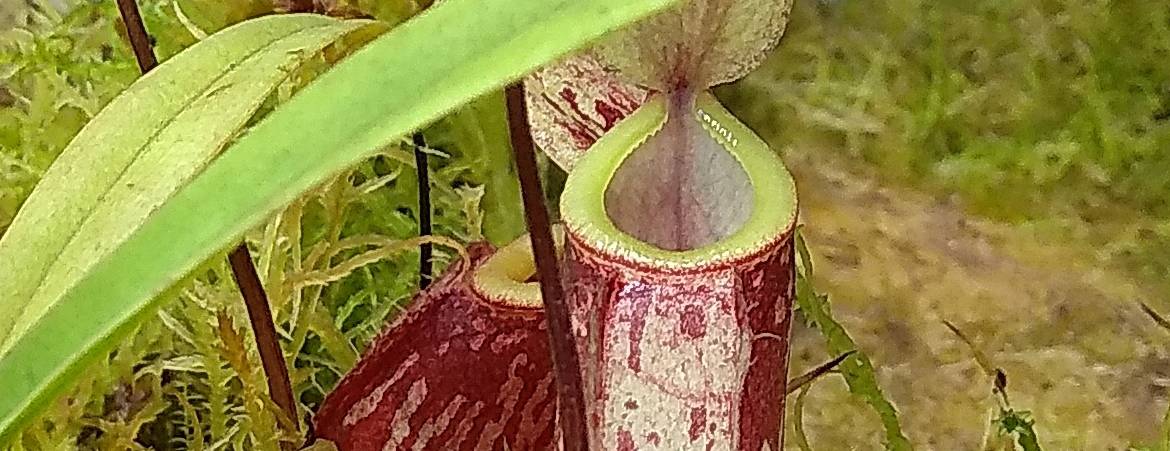Propagating Nepenthes through cuttings
Propagating Nepenthes (pitcher plants) through cuttings is an easy and fairly reliable method, provided basic requirements are met. The cuttings should primarily be taken from the green parts of the stem. Sections that have already become woody are much harder to propagate and have a low success rate.
Procedure
As the first step, cut the stem into segments, ensuring each cutting has at least two leaves. Use a sharp tool (e.g., a knife, scalpel, or razor blade) to minimize damage to the cut surface.
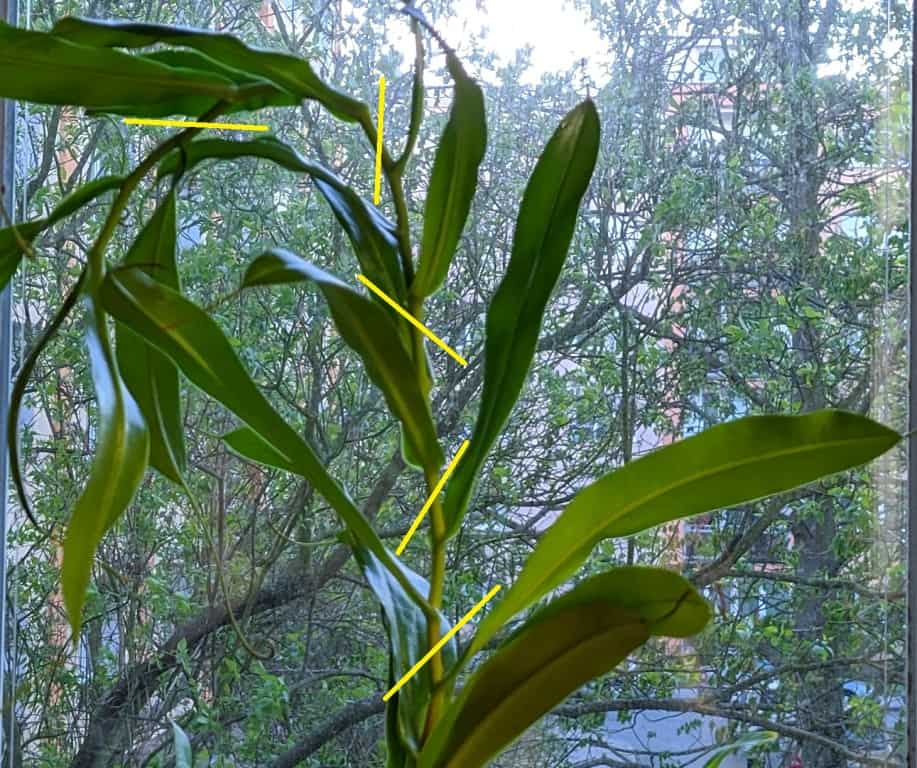
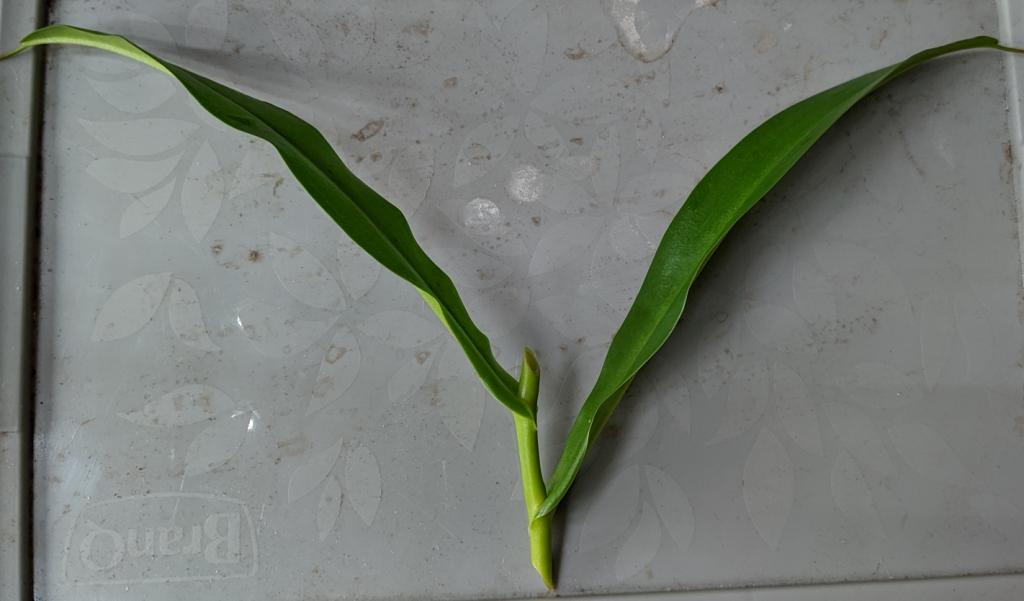
Each cut should ideally be made at an angle to increase the surface area of the cut. This larger area supports better root formation. The image below demonstrates the detail of the cut—it is angled with a straight edge.
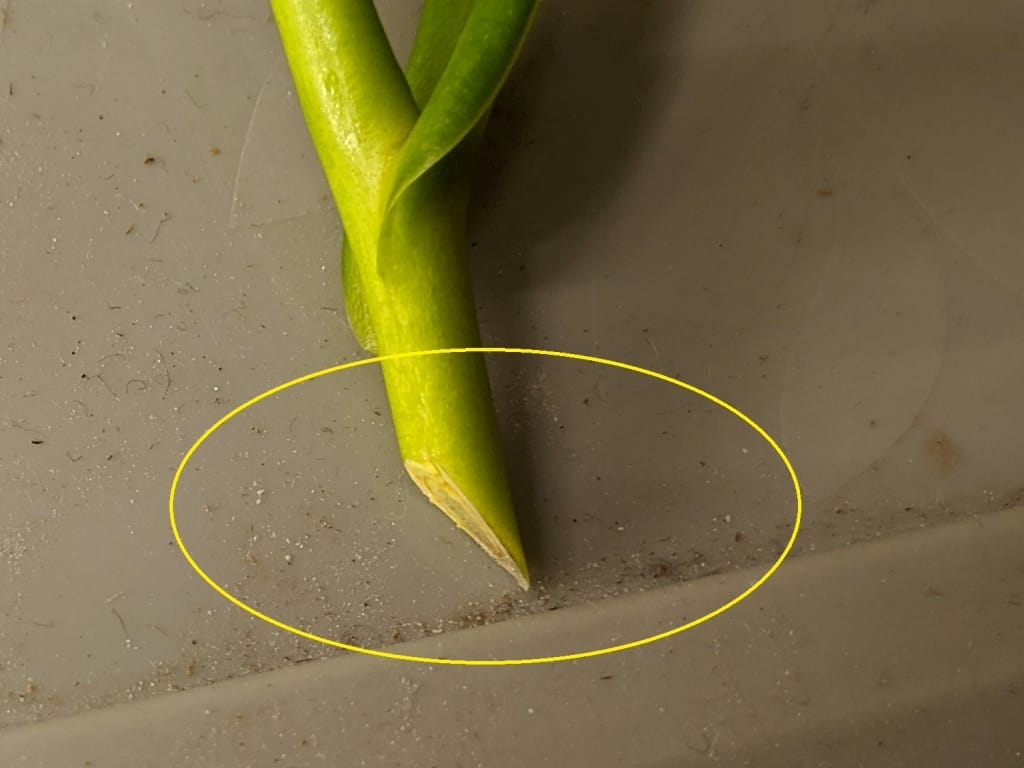
The second step involves trimming the leaves. Long plants intended for propagation typically have traps only on the upper leaves. Leaves without open pitchers should be shortened by half to two-thirds to reduce water evaporation.
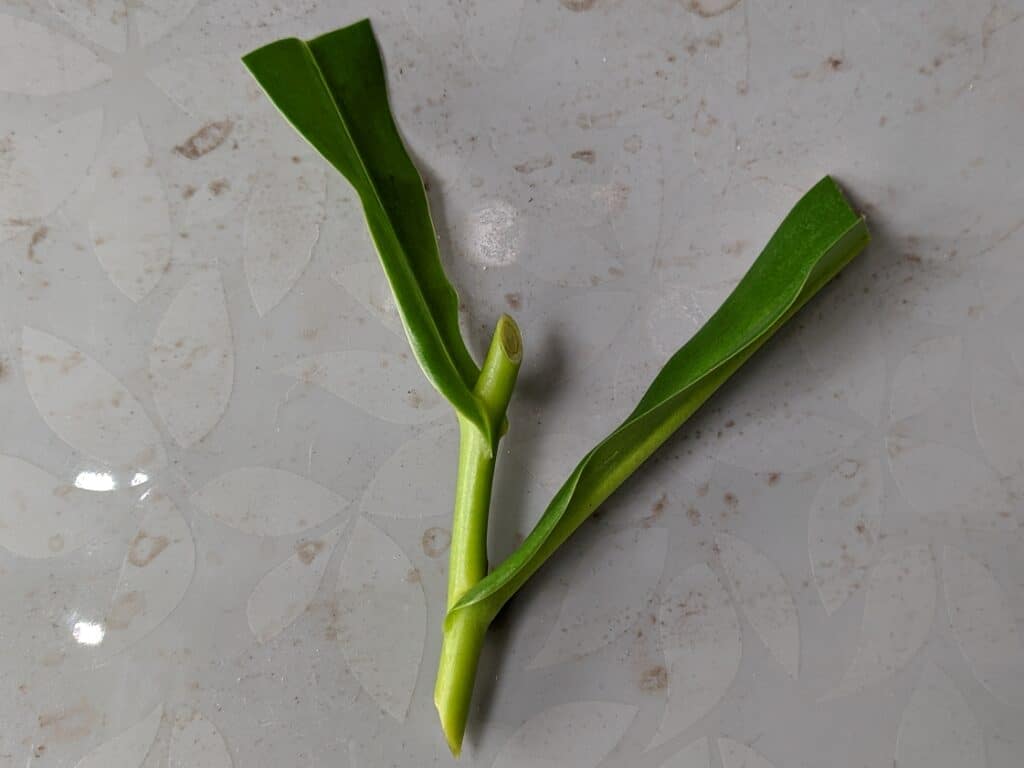
Leaves with open pitchers can also be trimmed to save space. However, it is possible to leave the leaves untrimmed and add water to the pitchers. The cuttings can then absorb water from the pitchers as needed.
The final step is placing the cuttings into the substrate. To improve root formation, you can apply a rooting stimulant (e.g., AS-1) to the cut surface. The cuttings can be placed either in epiphytic substrate suitable for mature plants, or in perlite or sphagnum moss.
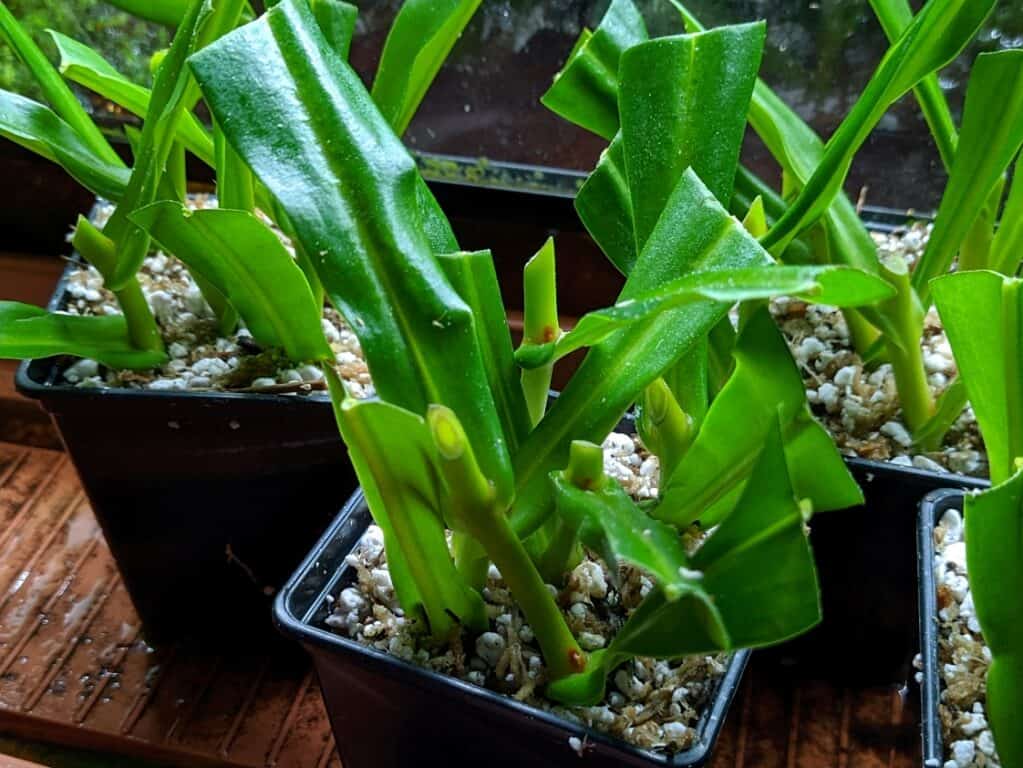
Cuttings do not have roots to absorb water, so it is essential to maintain high humidity levels to prevent them from drying out. Humidity can be increased using methods such as a closed aquarium or by covering the pot with a plastic bag.
